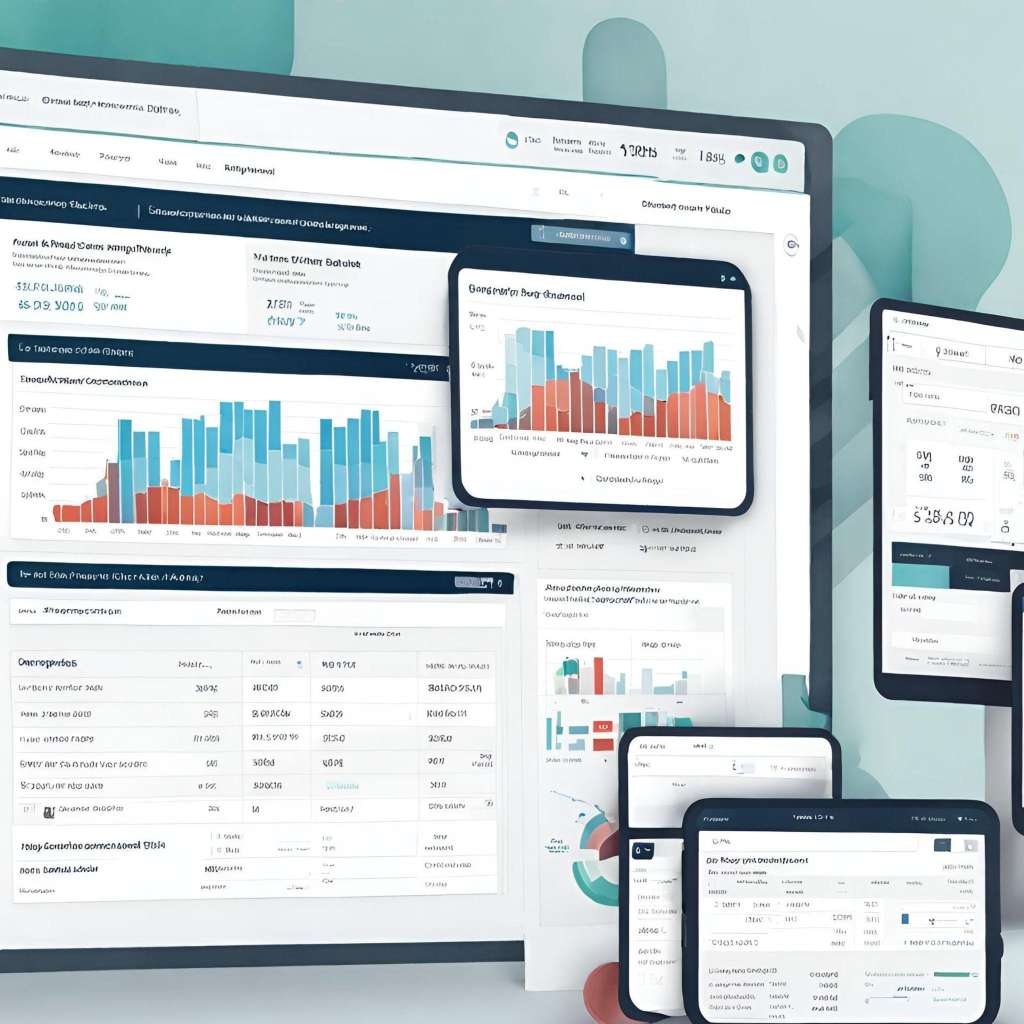Understanding the medical billing process is critical in healthcare. It makes sure that doctors and hospitals get paid for their work, and it helps patients understand what they need to pay. Even though the medical billing process can seem tricky, this article is here to make it simple and easy to understand.
Understanding Medical Billing

Medical billing is the process of submitting and following up on claims with health insurance companies to receive payment for healthcare services provided. It involves a series of steps, from gathering patient information and creating claims to submitting them to insurers and managing denials or rejections.
Key Players in Medical Billing
Healthcare Providers:
This includes doctors, hospitals, clinics, and other medical facilities. They offer medical services and generate bills for their patients.
Patients:
As recipients of medical services, patients often need to understand their insurance coverage and be prepared to pay their portion of the bill.
Health Insurance Companies:
These companies play a vital role in the process, as they evaluate claims, determine coverage, and issue payments to healthcare providers based on the patient’s insurance policy.
Importance of Efficient Medical Billing
Efficient medical billing is vital for several reasons:
Revenue Generation:
Accurate billing ensures that healthcare providers receive timely payments for their services, maintaining their financial stability.
Patient Satisfaction:
Transparent and well-explained billing procedures help patients understand their financial responsibilities, leading to increased satisfaction.
Compliance:
Adhering to healthcare billing regulations and standards is essential to avoid legal complications and penalties.
Reduced Administrative Burden:
Streamlined billing processes reduce administrative tasks, allowing healthcare professionals to focus on patient care.
Understanding the Medical Billing Process

When you go to the doctor, it’s not just about getting medical help; it’s also about dealing with the complicated world of medical billing. It might seem confusing, but it’s really important to make sure you’re not paying too much, your insurance is working the right way, and you can fix any billing problems that pop up. we’ll explain the medical billing process step by step in a simple and easy-to-understand way.
Step 1: Registration
Your journey through the medical billing process begins at the front desk. During the registration process, you’ll provide your personal and insurance information. Ensure that you provide accurate information to prevent billing errors later on. Remember to carry your insurance card and any relevant documentation.
Step 2: Coding and Documentation
Once you’ve been seen by a healthcare provider, the medical team documents the services you received. They also assign specific codes to each service, treatment, or procedure. These codes are essential for insurance claims and billing. If the codes are incorrect, it can lead to billing disputes and delays.
Step 3: Insurance Verification
Before sending your bill, the healthcare facility checks your insurance information. They verify your coverage and confirm that the services you received are covered under your plan. This step ensures that you don’t end up with unexpected out-of-pocket expenses.
Tip: Don’t forget to check with the insurance rep about the patient’s deductibles, coverage and benefits.Step 4: Claim Submission

The healthcare provider sends a claim to your insurance company. This claim contains the coded information about the services you received. The insurance company reviews the claim and processes it. The time it takes for this step varies, and it’s essential to be patient.
Step 5: Adjudication
During this step, the insurance company reviews the claim and decides how much it will cover. They consider your plan’s terms, deductibles, co-pays, and other factors. The insurance company then communicates the results of the review to both you and the healthcare provider.
Did You Know?
According to a JAMA study, nearly 20% of Americans have medical debt in collections.
Step 8: Disputes and Appeals
If you believe a bill is incorrect or if your insurance company doesn’t cover services you think they should, you have the right to dispute the charges. Contact your healthcare provider or insurance company to resolve the issue. Be prepared to provide documentation and be persistent, if necessary.
Step 9: Records and Documentation
Always keep records of your healthcare visits, bills, EOBs, and any communication with your insurance company. This documentation can be invaluable in case of disputes or for tax purposes.
The Advantage of a Well-Optimised Medical Billing Process
Having a super-efficient medical billing process is essential. It doesn’t just keep healthcare providers financially stable; it also helps make sure patients get the care they need quickly. we’ll talk about all the good things that come from having a super-smooth medical billing process and why it’s such a big deal in healthcare management.
Increased Revenue Generation
A well-optimized medical billing process can significantly boost a healthcare provider’s revenue. When claims are accurately and promptly submitted to insurance companies, the chances of reimbursement increase.
Reduced Billing Errors
One of the most significant benefits of an optimized billing process is the reduction of billing errors. Mistakes can lead to claim denials, delayed payments, or even legal issues.
Faster Reimbursements
Getting paid on time is super important for healthcare places to keep their money in order. When the billing process is running well, it means they can send out claims quickly and without mistakes, which makes the insurance companies pay faster.
Enhanced Patient Experience
A well-optimized billing process can positively impact the patient experience. Clear and transparent billing practices help patients understand their financial responsibilities, reducing confusion and frustration. This can lead to improved patient satisfaction and a better reputation for the healthcare provider.
Regulatory Compliance
Medical billing is subject to numerous regulations and compliance standards, such as the Health Insurance Portability and Accountability Act (HIPAA) and the Affordable Care Act (ACA). An optimized billing process ensures that all billing activities adhere to these regulations, reducing the risk of penalties and legal issues.
Cost Savings
By streamlining the billing process, healthcare providers can reduce administrative costs. This can be achieved through the automation of billing tasks, reducing the need for manual data entry and minimizing the risk of human error.
Better Data Analytics
An optimized billing process provides access to comprehensive data and analytics. This data can be used to gain insights into the financial performance of the organization, identify trends, and make informed decisions.
Competitive Advantage
In the increasingly competitive healthcare industry, a well-optimized billing process can be a significant differentiator. Patients are more likely to choose a provider that offers efficient billing and an overall hassle-free experience.
Conclusion
Having a medical billing process that works well brings lots of benefits, like making more money, having fewer mistakes, making patients happier, and saving money. Healthcare providers who make this a priority and put money into making their billing process better are in a good position to handle the complicated healthcare world while giving top-notch care to their patients. By doing this, they can keep their money stable and stay competitive in the industry.